
Conflict Zones: Emergency Preparedness Saves Lives
Conflict Zones: Emergency Preparedness Saves Lives

To unlock this feature and to subscribe to our weekly evidence emails, please create a FREE OrthoEvidence account
Already have an account? Click here
DISCLAIMER:
This podcast is for informational purposes only and is not intended to be a substitute for professional medical advice, diagnosis, or treatment. If you require medical treatment, always seek the advice of your physician or go to your nearest emergency department.
The opinions, beliefs, and viewpoints expressed by the individuals on this podcast do not reflect the opinions, beliefs, and viewpoints of OrthoEvidence.
Conflict Zones: Emergency Preparedness Saves Lives
Host:
Mohit Bhandari, MD, PhD, FRCSC
Editor-in-Chief, OrthoEvidence
Guest:
Amal Khoury
Orthopaedic Trauma Surgeon
Division Head, Orthopaedic Surgery
Tel Aviv Medical Centre
PERSPECTIVES
Drs. Khoury and Bhandari discussed the challenges and needs of managing trauma in conflict zones, specifically discussing his experience in Tel Aviv. Our discussion uncovered three core themes. These themes and their supporting insights are highlighted below.
1. Injuries recently are different from injuries in the past
The injuries that were seen during domestic attacks in the 2000s consisted of largely blast injuries which occurred from explosions in enclosed areas. More recently the types of injuries seen are penetration injuries due to missiles, as well as blast injuries.

From war to war, from type of injury to another type of injury we gained a lot of experience. During the 2000s with blast injuries during the bus bombings, which is bombings in a confined or a semi-confined space, are completely different stories what we've been dealing with lately, is basically more missiles and penetrating injuries along with blast injuries.
Dr. Khoury
2. Learn from others who have been through similar experiences
When examining your preparedness and creating plans, it is important to look at others who have gone through similar events. With respect to mass casualties in conflict zones, there is emerging literature from Israel and Iraq regarding how to manage these types of situations, and even though the experiences in Israel and Iraq are very different there is still a lot that can be learned. It is always important to continue learning, even in surgeons with experience in mass casualty situations, as advances in techniques and technologies can provide improvements in the management of patients.

The smartest things are to learn lessons from other people before you have to. I mean people have gone through these events, they learned the lessons, so let's put them all together.
Dr. Khoury
3. Performing drills is a key to preparedness
It is incredibly important to perform drills in order to be prepared for situations of mass casualty. Most institutions will have extensive plans for mass casualty situations, but without drills the execution of these plans can be hampered. Running drills through the entire process of a mass casualty situation, from the identification of patients, to using diagnostics and charting systems will help to ensure there are no flaws in the plan. It is also important once a mass casualty situation has occurred to identify errors or faults and learn and adapt in order to improve for the next potential instance.

You might be the best surgeon, at the best hospital, with the most expensive equipment, but if you are not prepared from the level of identifying your patient, or the patient's imaging, I mean you've lost your battle because next week you'll be trying to relate x-rays to patients and it's quite impossible.
Dr. Khoury
Questions and Answers:
Dr. Bhandari: What does a drill look like? You said that it's important to run preparedness drills, so what would a typical drill be and how would one organize such thing?
Dr. Khoury: So, a drill would be that you declare as a hospital that we have a mass casualty event and you basically play the role of a real event where everybody gets in into place. I'm the Chief of Orthopedics, so I know exactly where I have to be, the Chief of Surgery knows exactly where he has to be. Usually in the triage area we put the most experienced people at the triage area, you need one person to run the event where he starts with the triage.
SENSE-MAKING
In any mass casualty situation, preparedness can make a drastic outcome in saving lives and improving patient outcomes. There are several keys to being prepared for these types of events, including a comprehensive plan, running drills, and learning from your own difficulties as well as the experience of others.
How to Cite:
OrthoEvidence, Amal Khoury. Conflict Zones: Emergency Preparedness Saves Lives. OrthoPod Perspectives. 2021;2(5):1. Available from:




 LOGIN
LOGIN
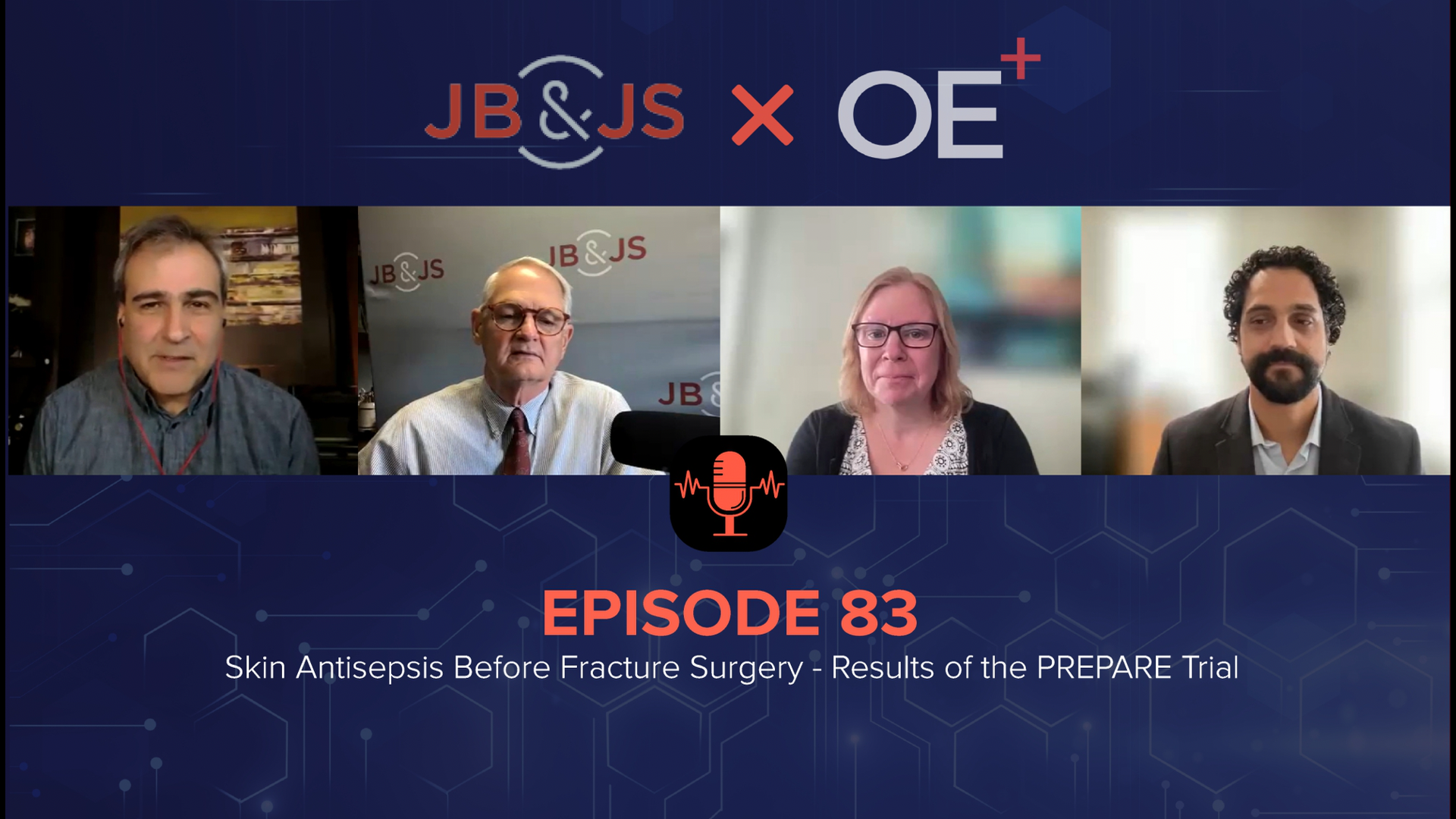

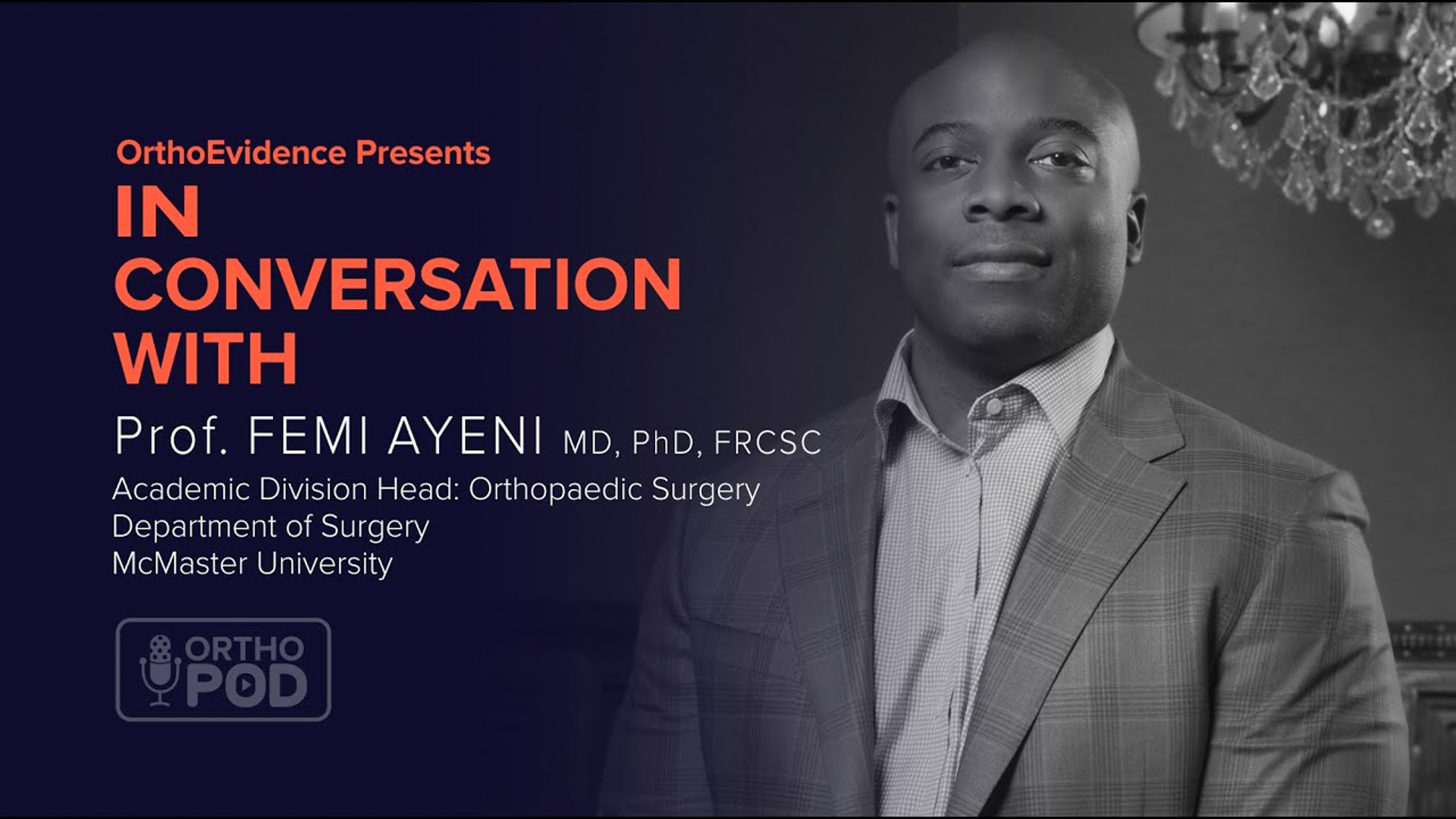
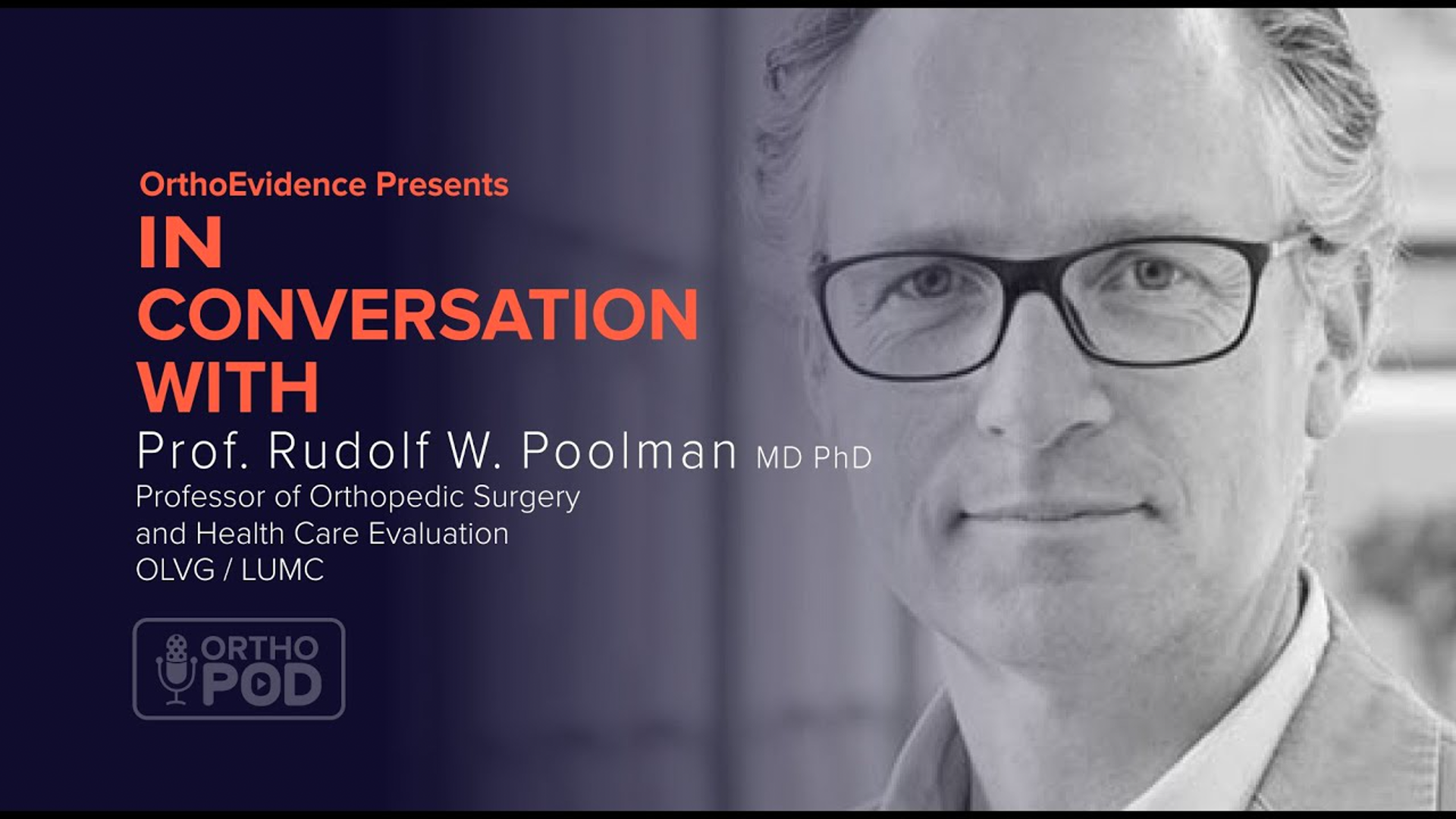
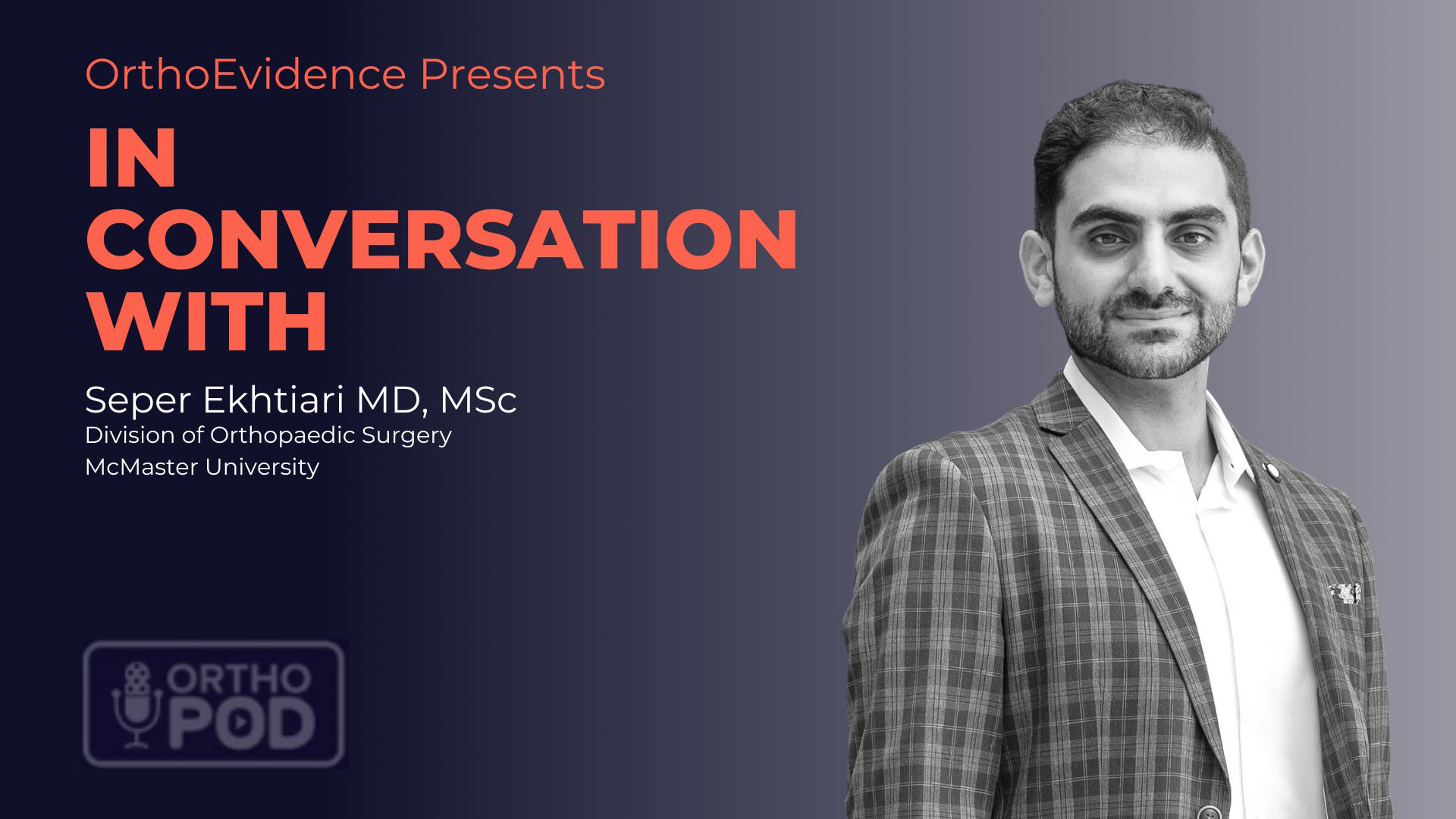
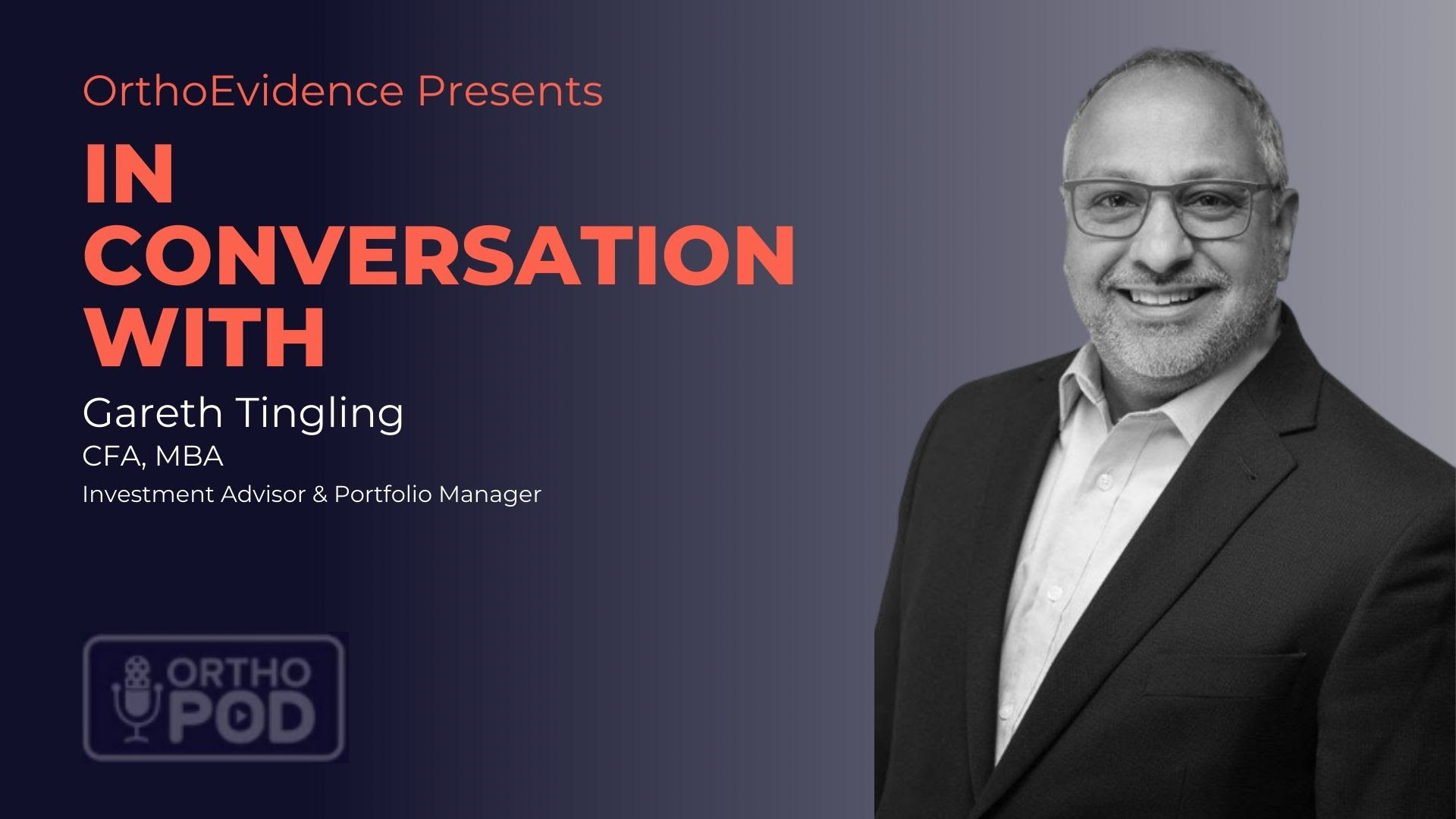
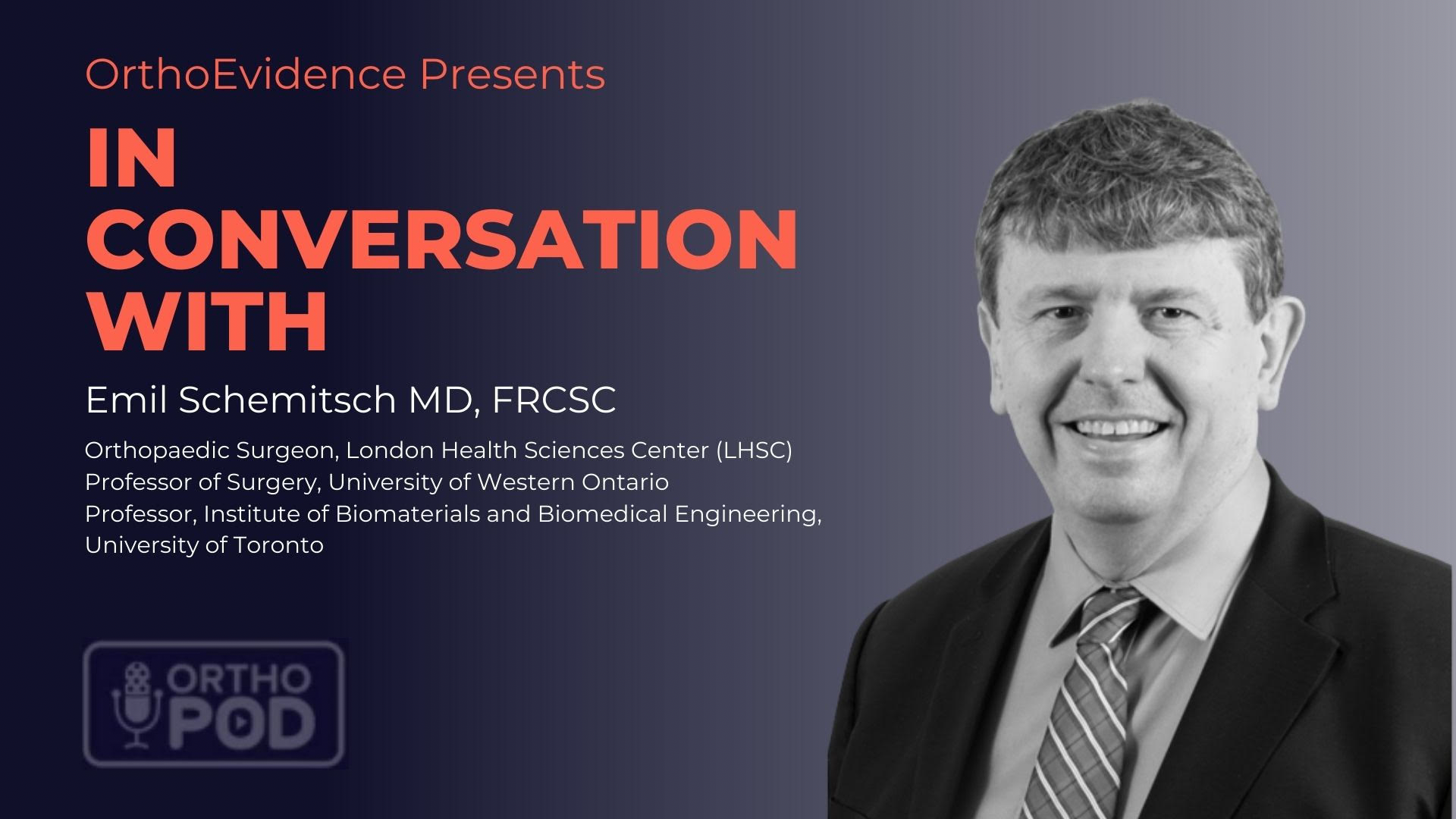
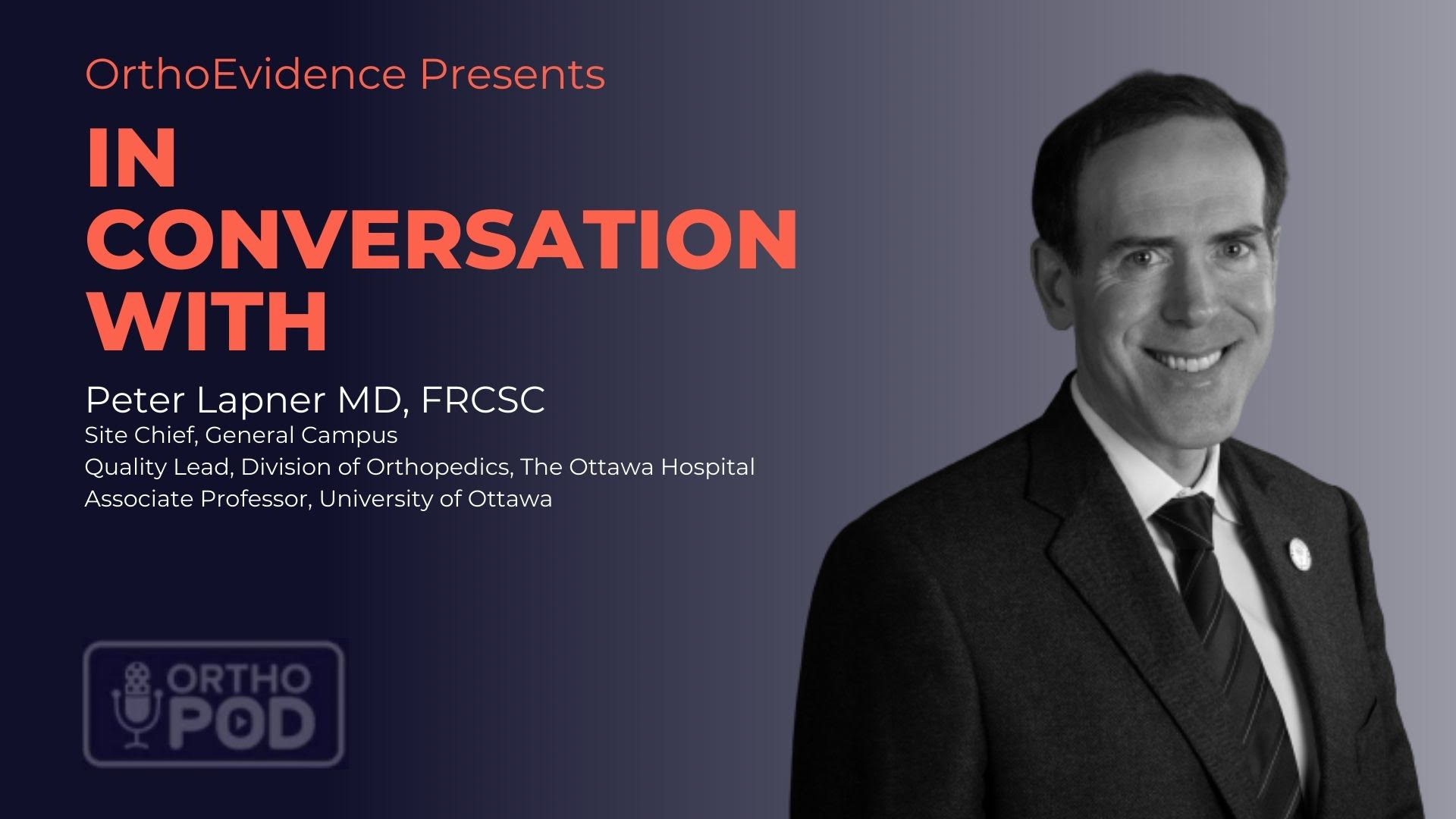
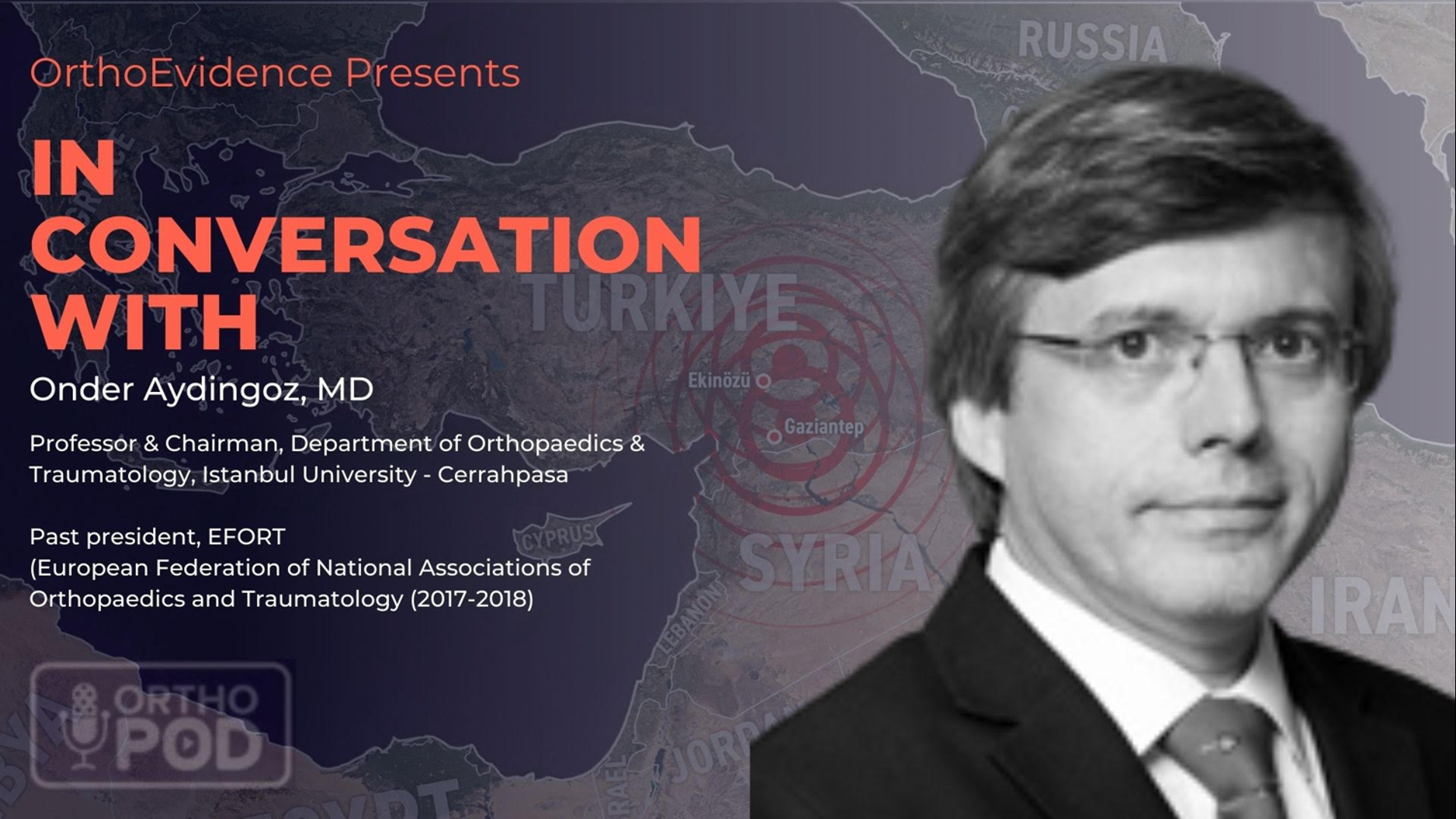
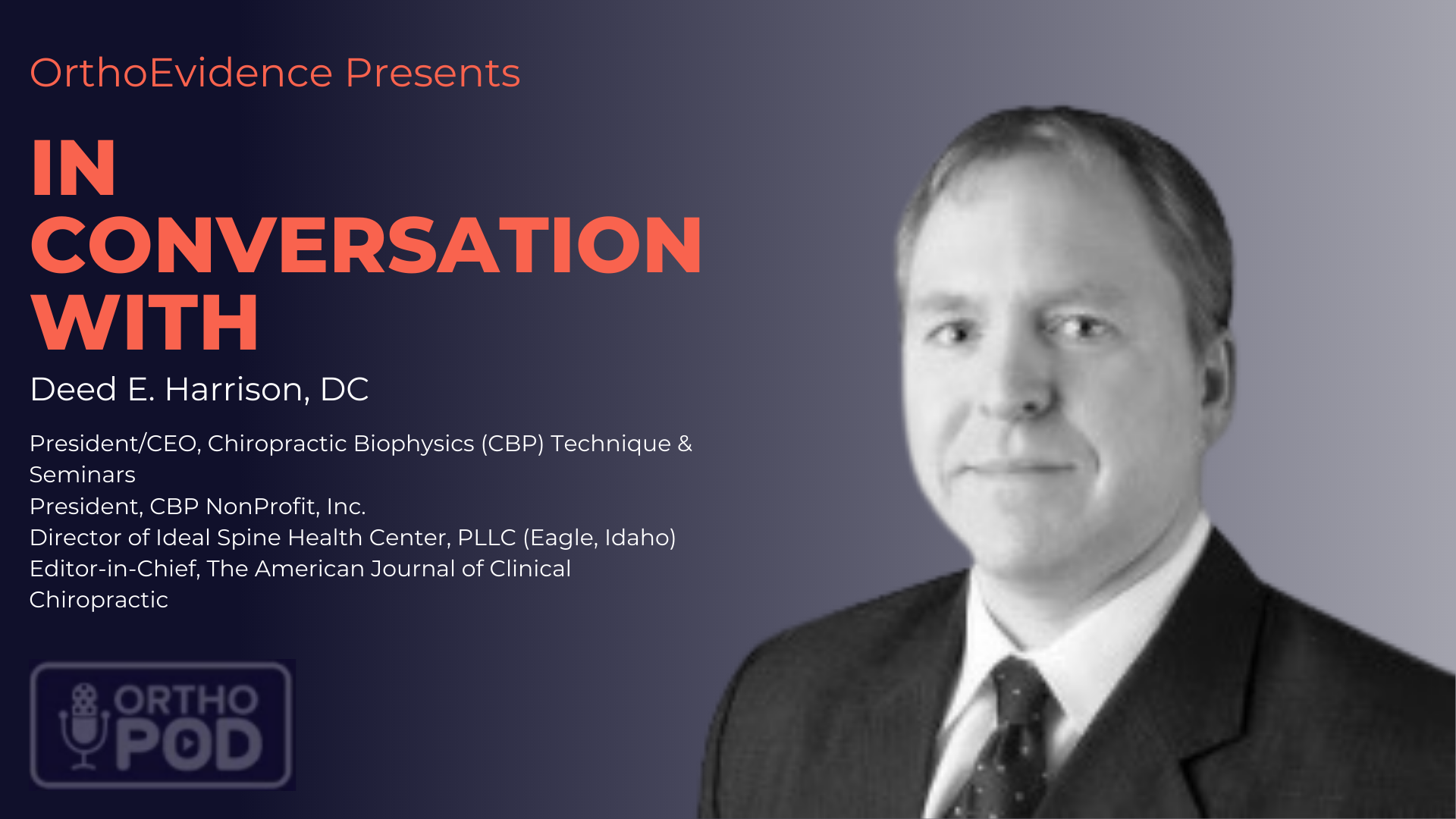
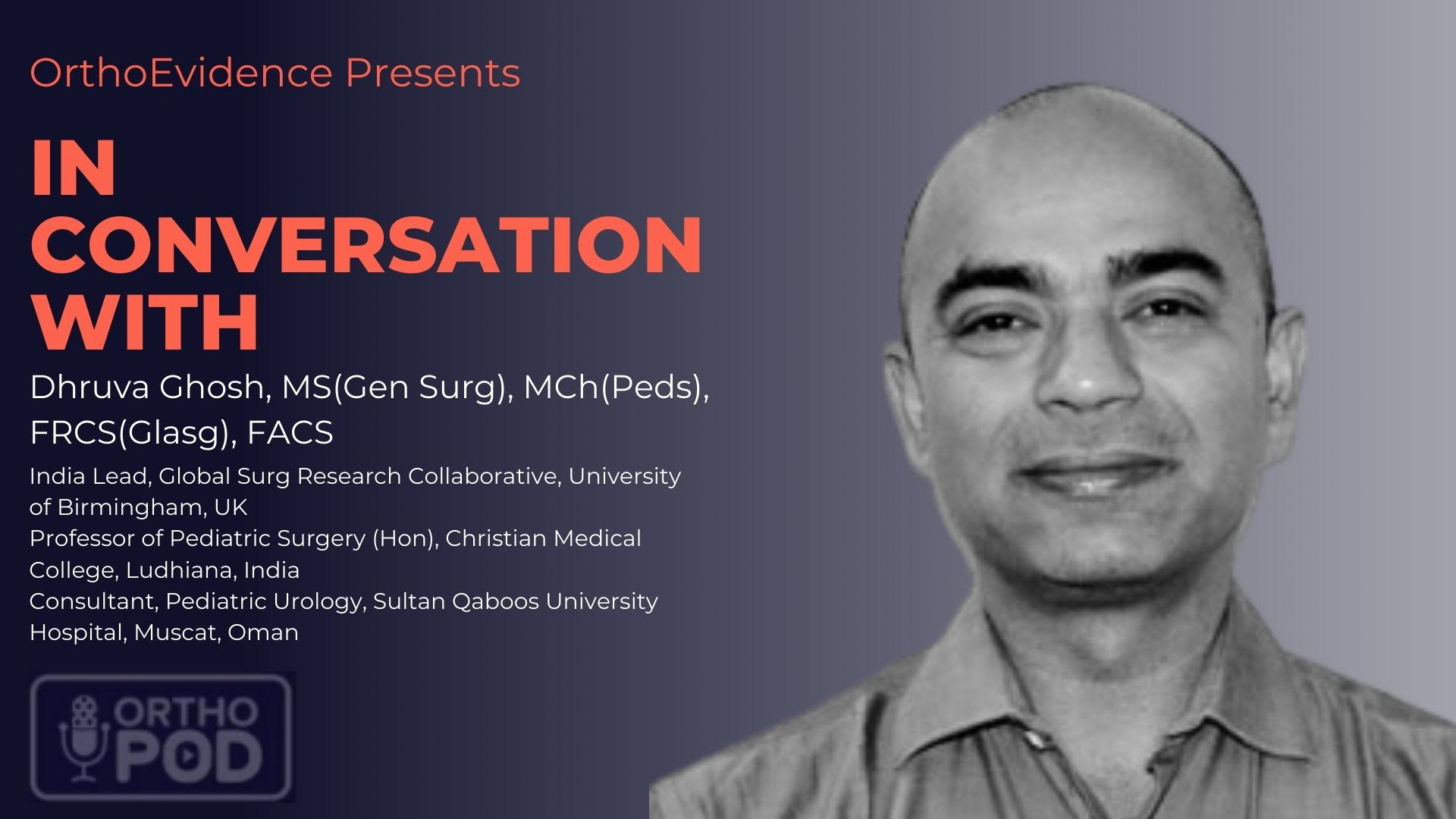
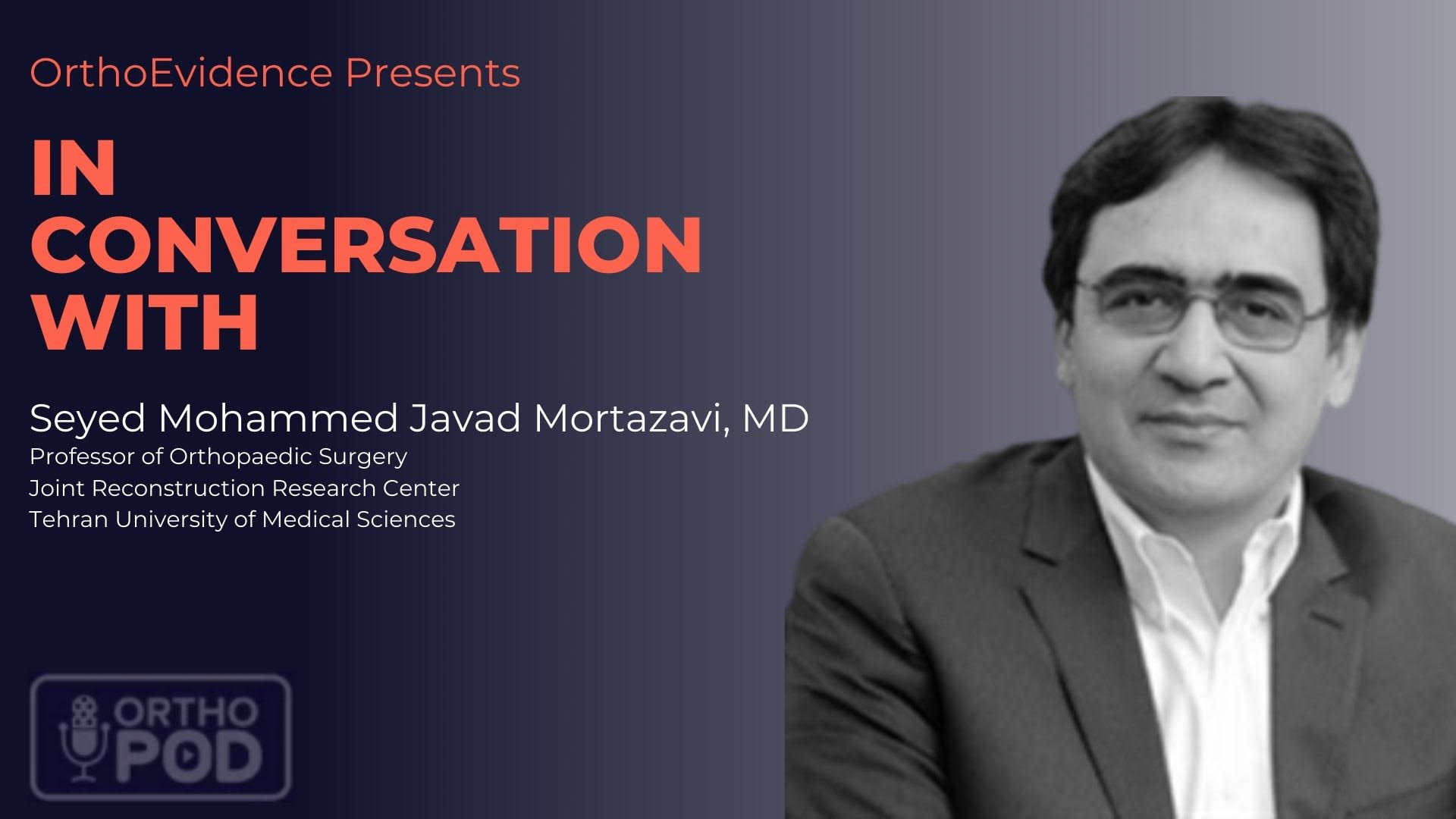
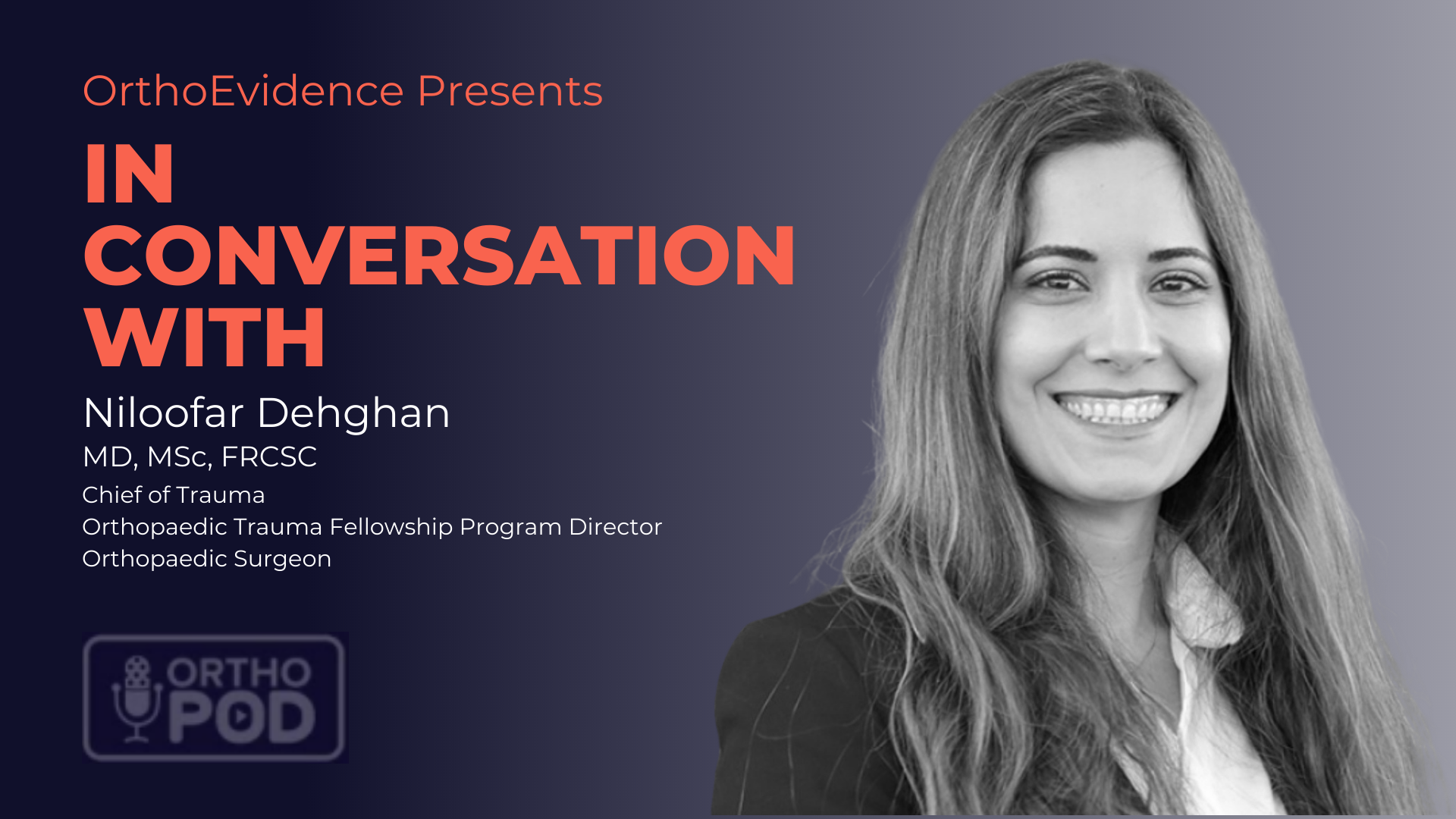
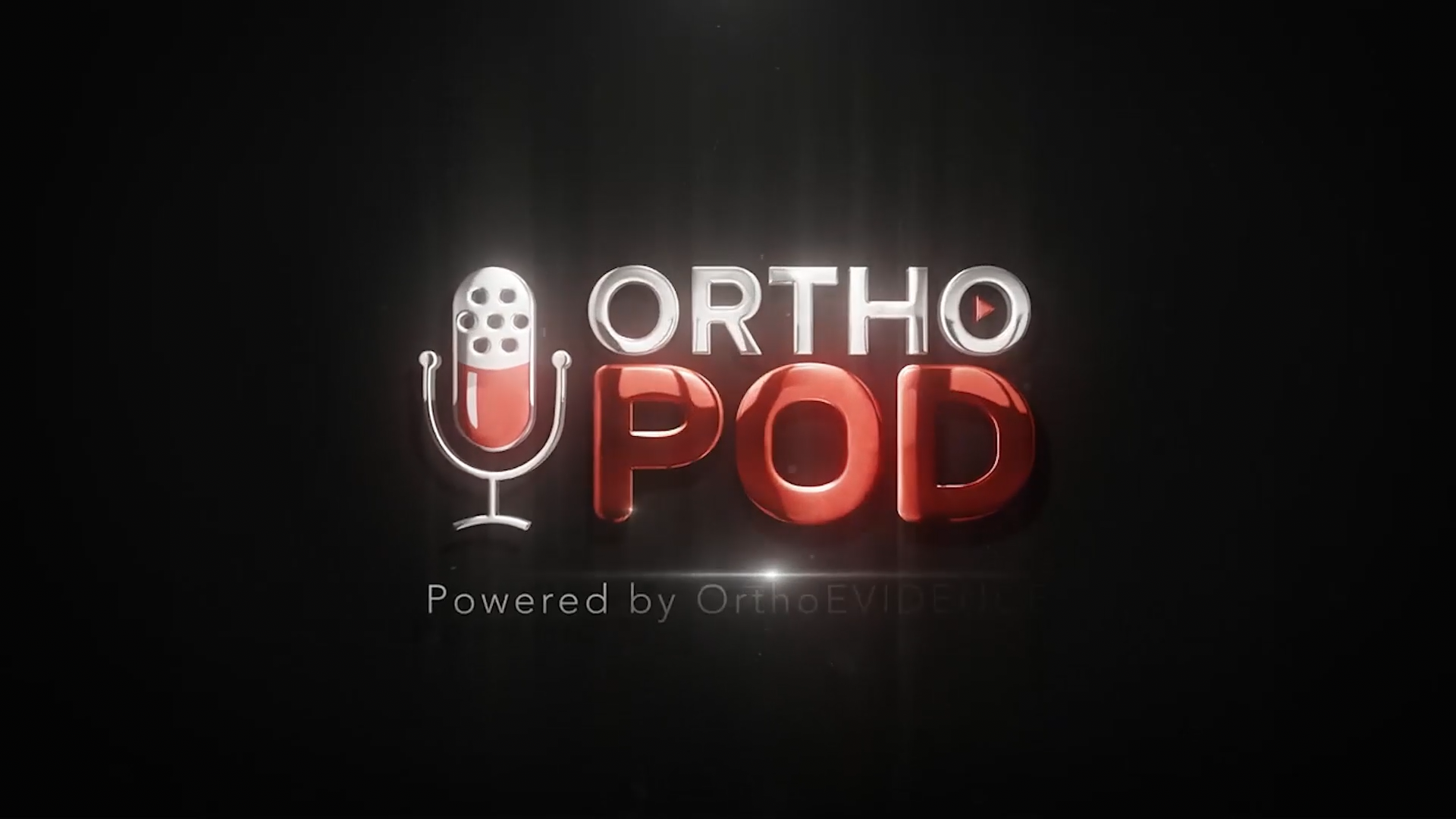
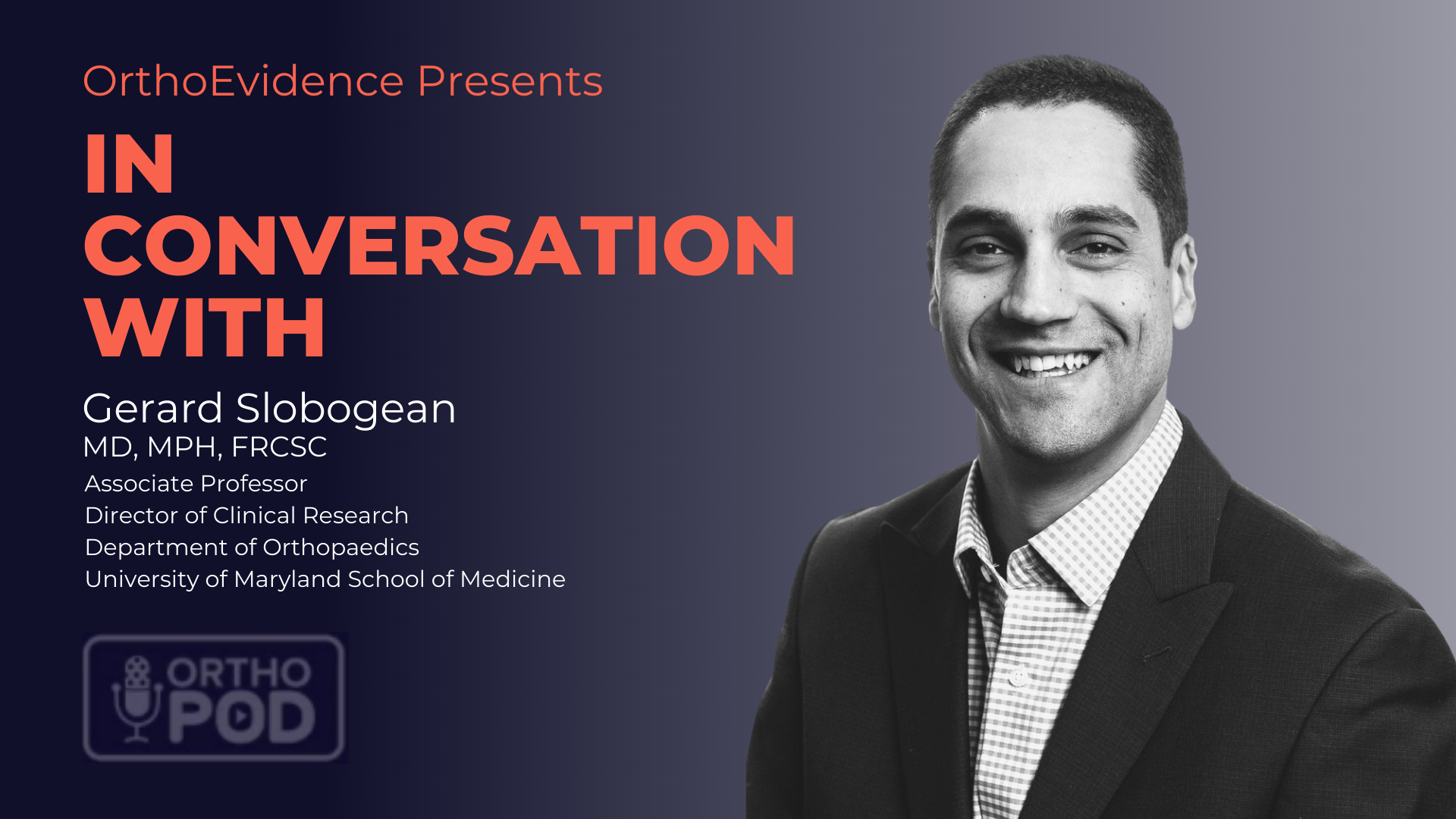
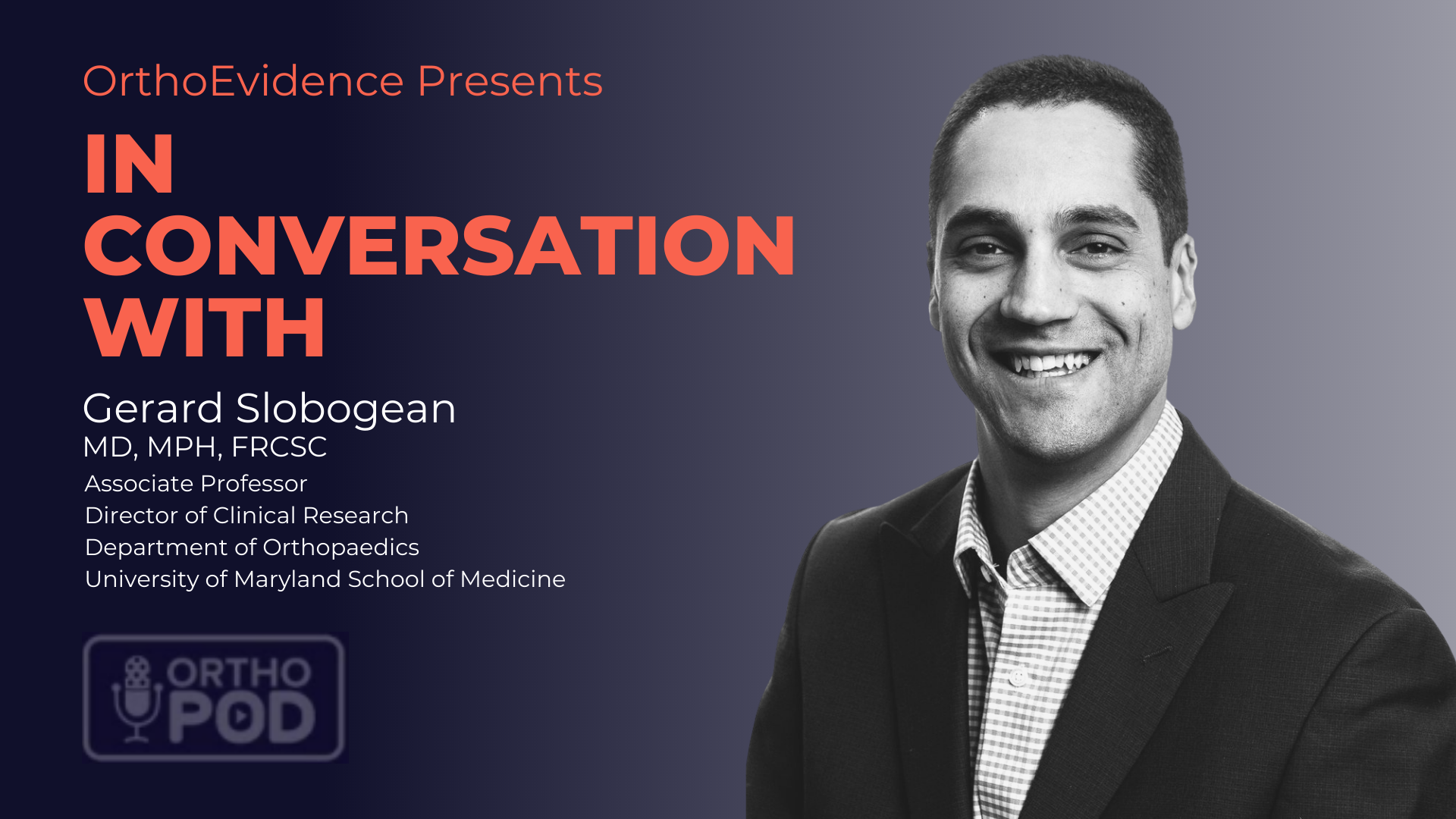

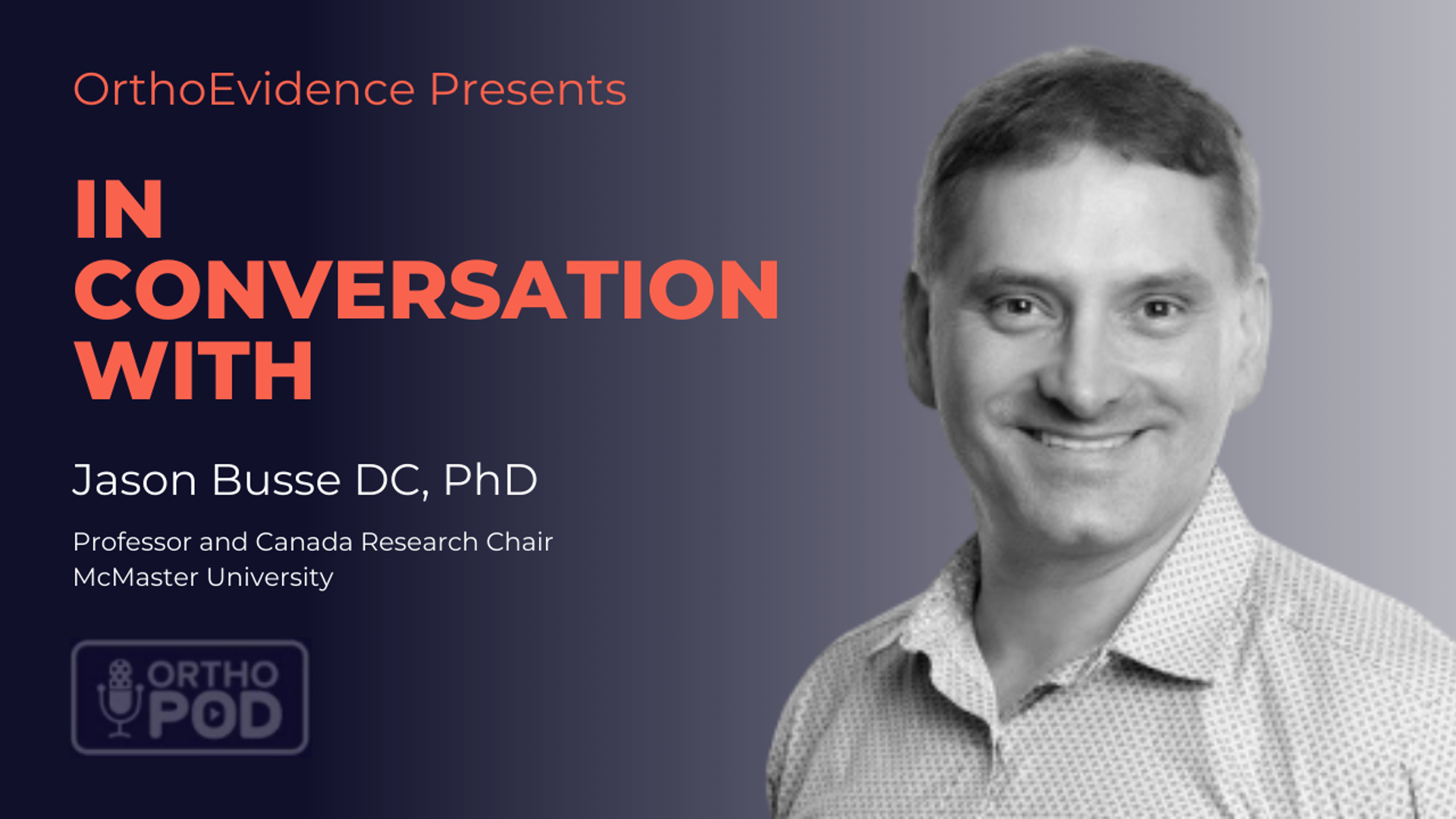
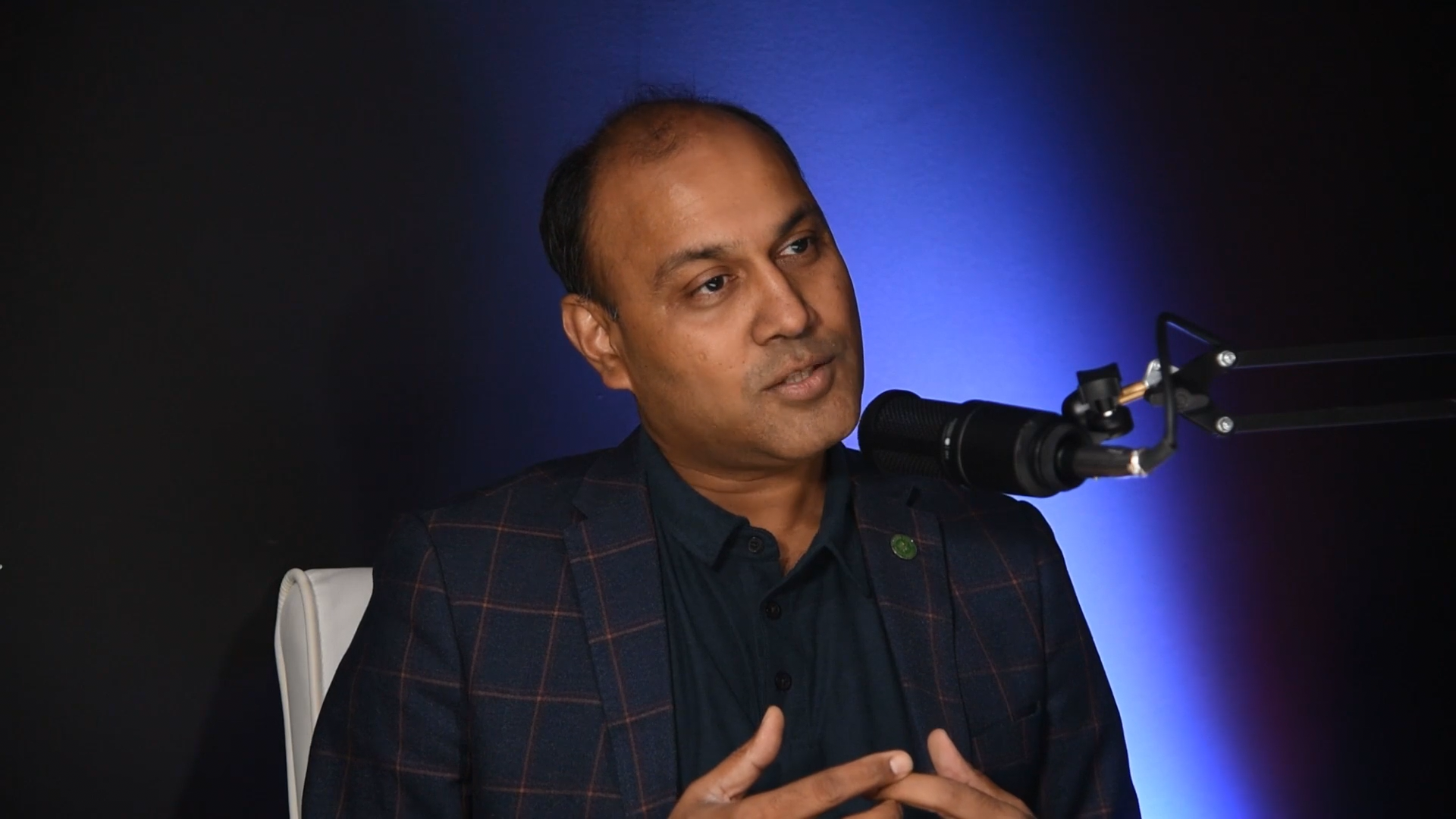

Please Login or Join to leave comments.